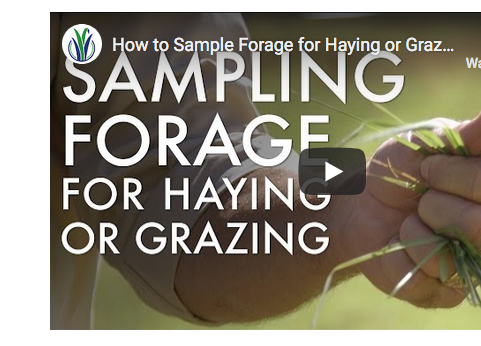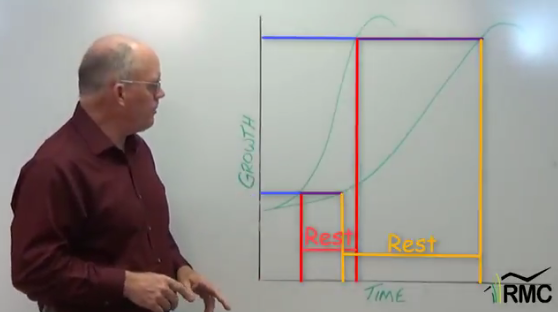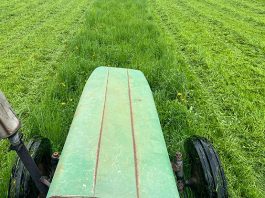Forage sampling in a standing pasture allows us to get a feed value estimate of forages that will be fed to livestock. It’s also helpful for making sure your forage is at the best stage for cutting hay. While you can look at it, checking the color, leaf to stem content, and the stage of maturity of the forage, they’re no substitute for a feed test that can tell you exactly what you’ve got.
With that in mind, here’s Hugh Aljoe of the Noble Research Institute showing how it’s done.
Did You Know?
According to the Beef Cattle Research Council of Canada, “the size of a bale has an impact on the proportion of hay that is in the surface layer with larger bales having less exposed surface as a percentage of total feed in the bale. A 4” layer of weathered material on a six-foot diameter round bale represents 20% of the bale volume while the same 4” layer on a five-foot bale represents 25% of the volume. In high moisture conditions it is possible to have up to eight inches of spoiled hay on the outside of a round bale.”





